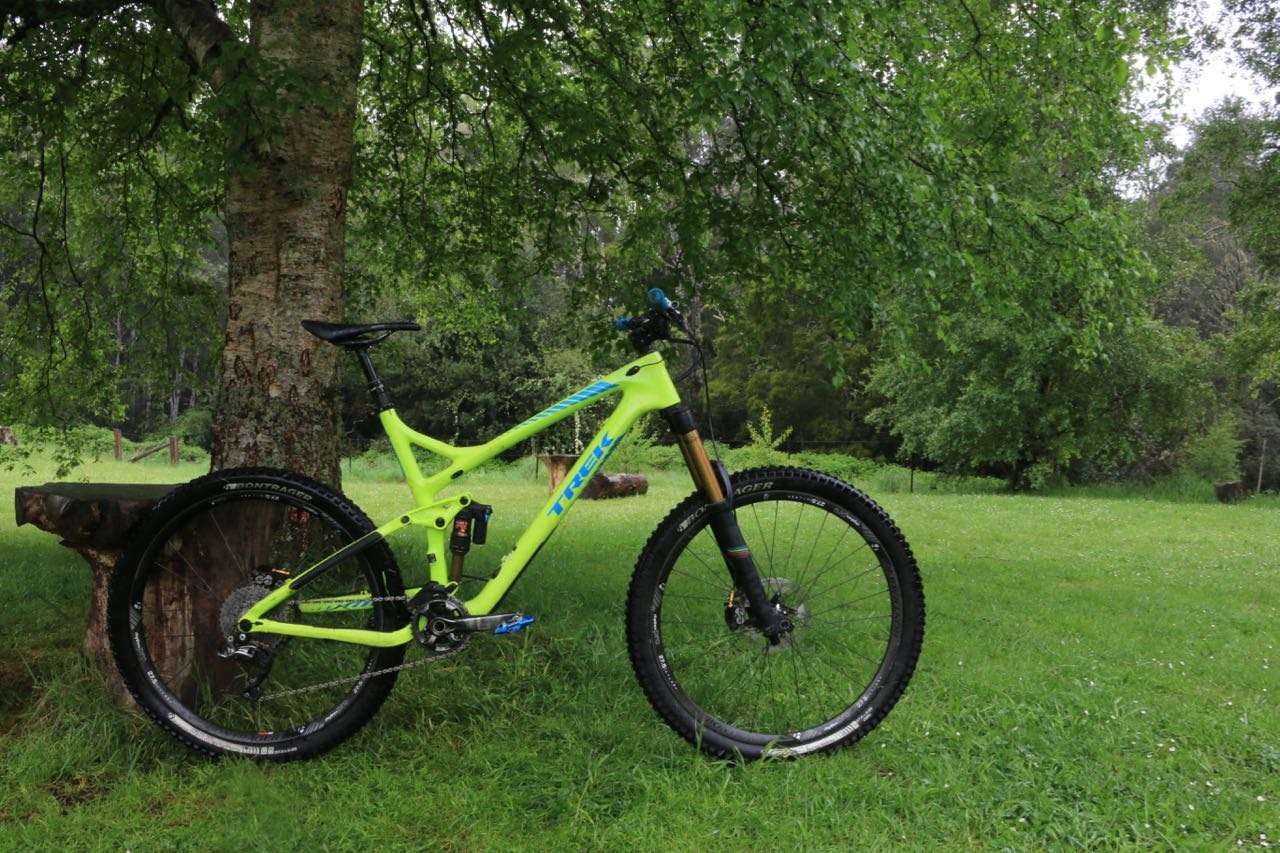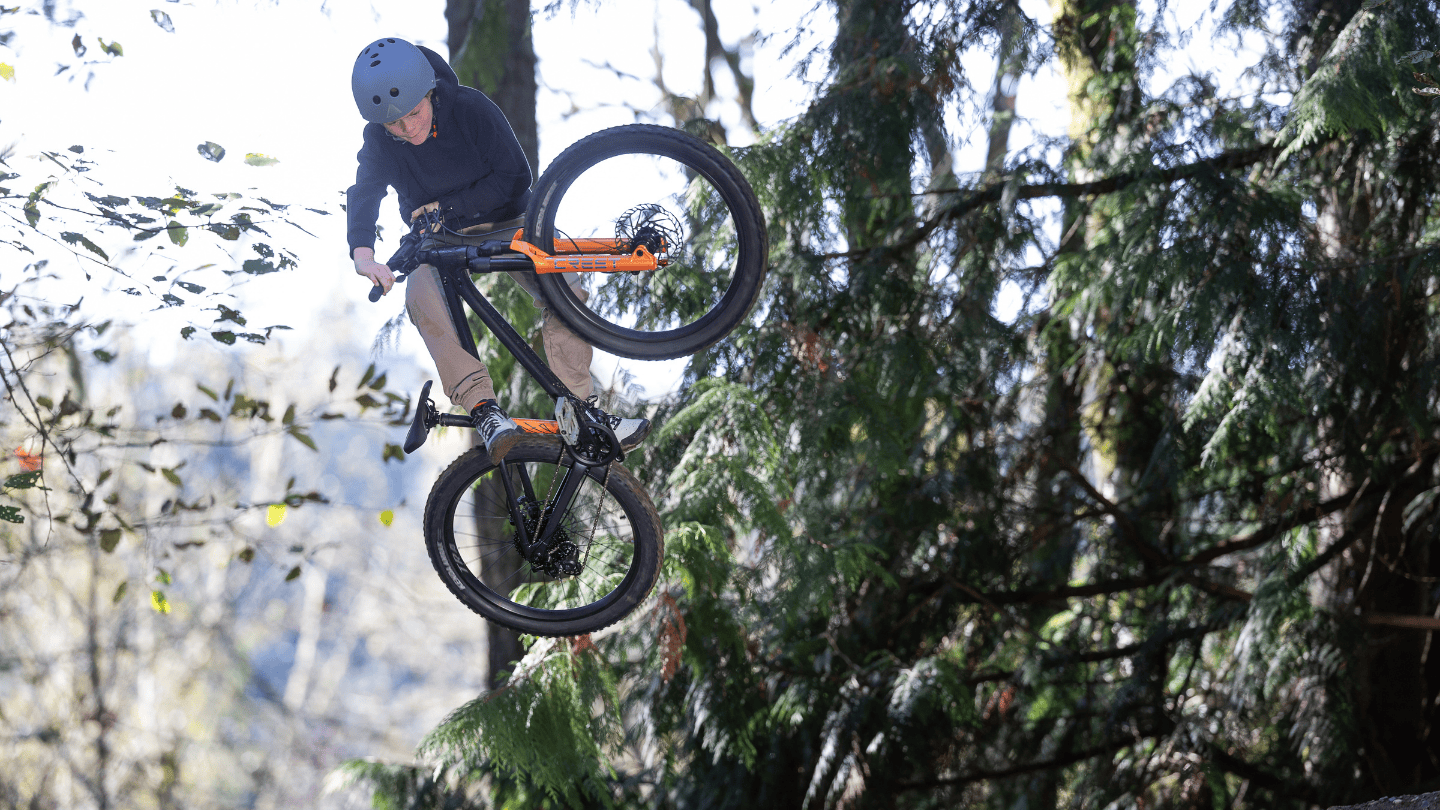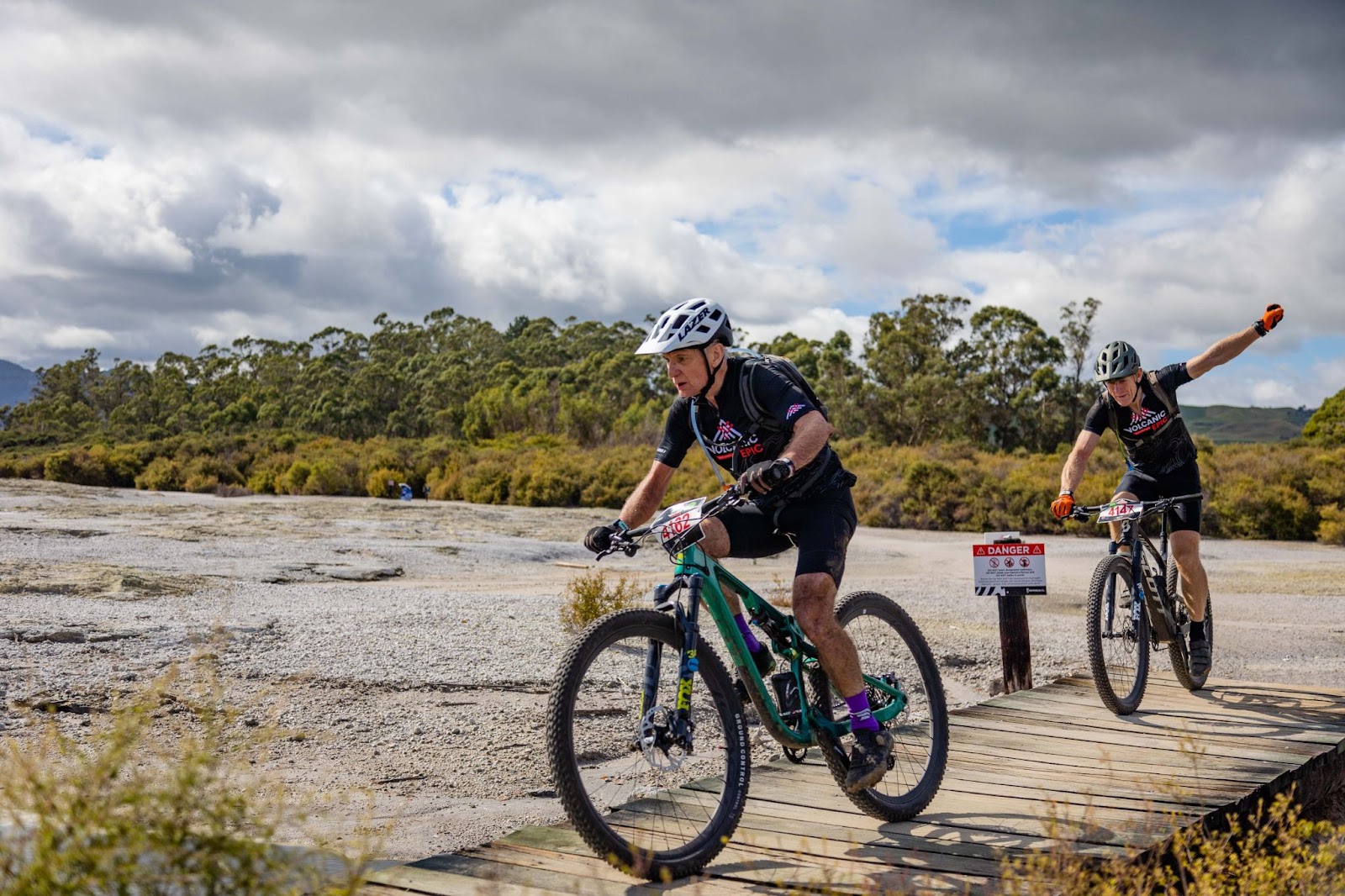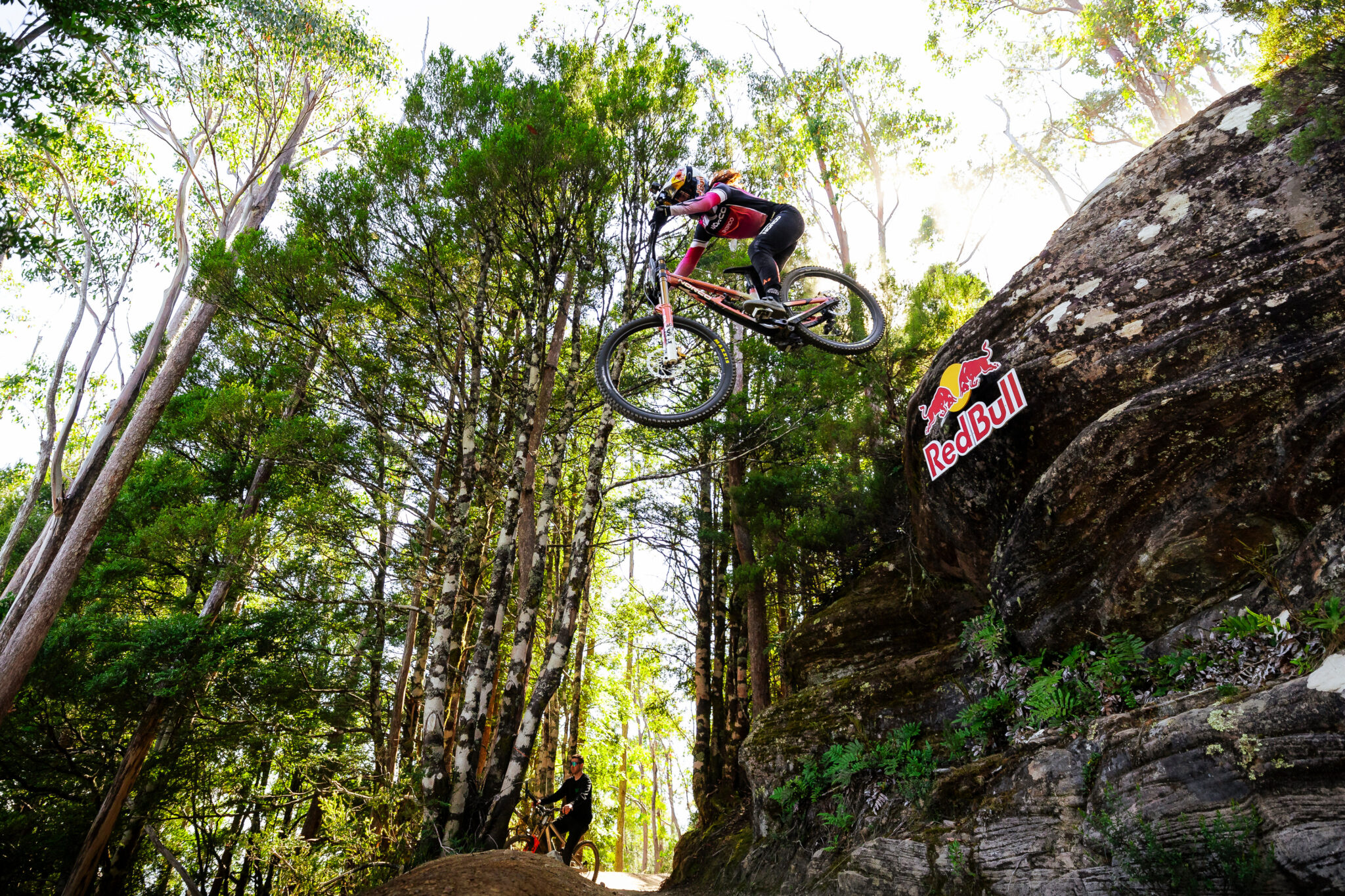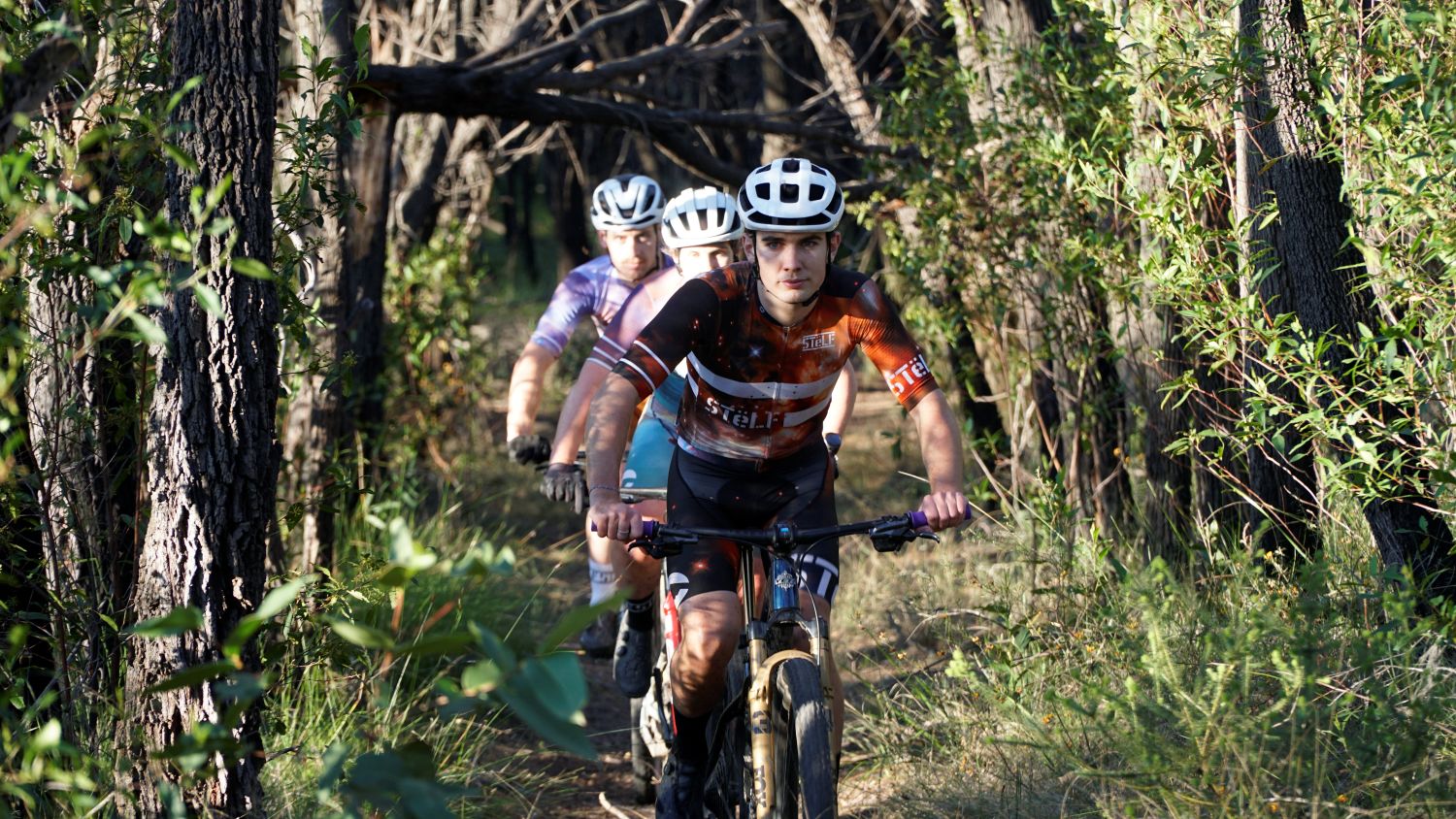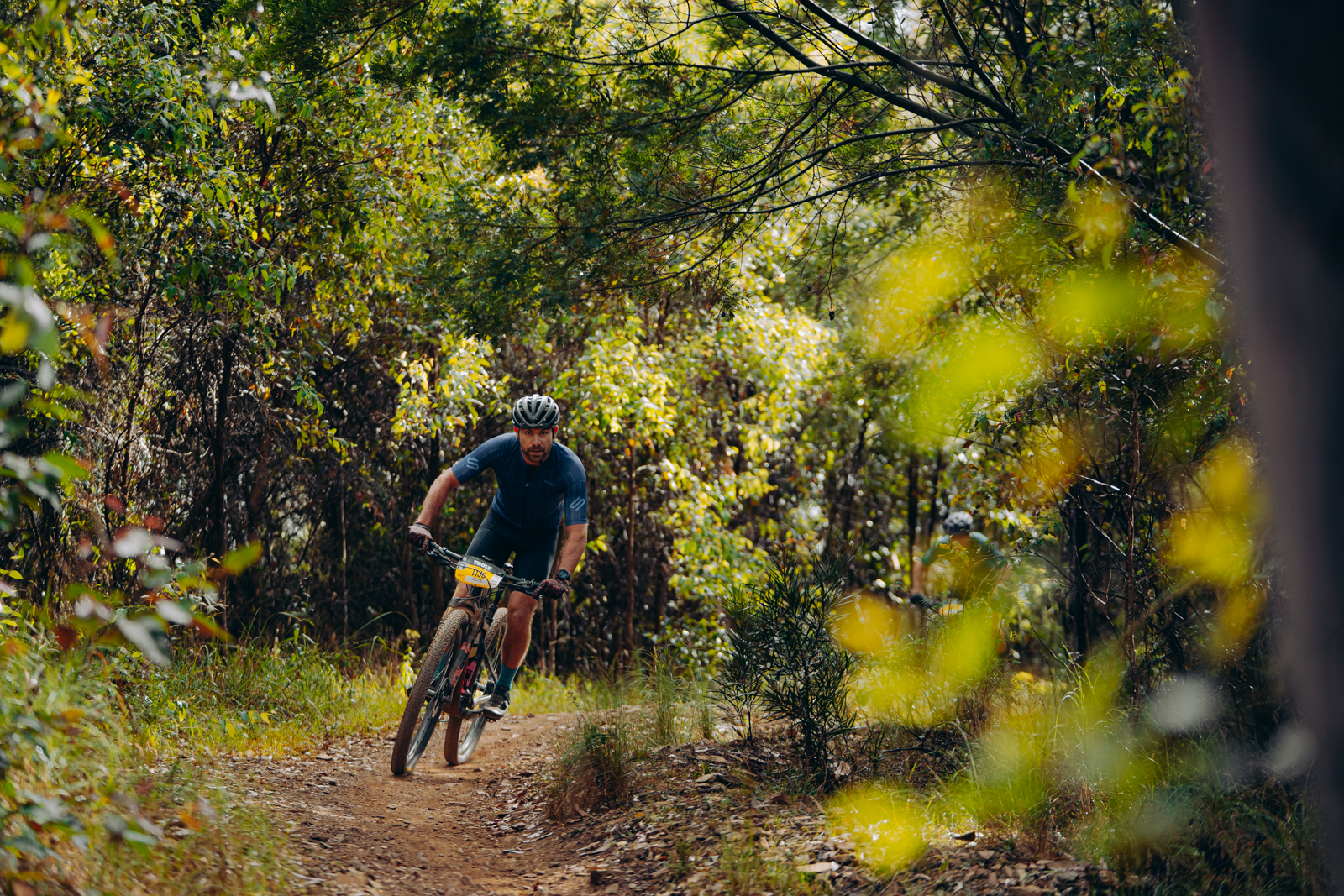Chris Panozzo - Why Di2 makes sense in enduro racing
Last week we caught up with Australian Gravity Enduro series winner and National Champion Chris Panozzo.
Last week we caught up with Australian Gravity Enduro series winner and National Champion Chris Panozzo. Chris was along for a week of ridin in North East Tasmania, along with a few other Shimano athletes such as Jess Douglas and Reece Tucknott. We were touring around getting time in on the new trails at Hollybank and Derby, along with experiencing the hospitality of North East Tasmania.
One thing that really struck us was how Chris, who rides pretty fast and hard, runs XTR Di2 – a group set that is probably most recognisable as an elite cross-country offering. So instead of standing back like awkard fan boys – we asked him about it, and why it suits his riding and racing.
“Well there’s a fair few benefits,” explains the youngest Panozzo. “There is a perception that it might be fragile, and I can vouch that it definitely isn’t fragile, I treat it like any other mech on the market. I thrash it. It’s super strong. The big benefits are the fact that you can shift coming into a turn. With a normal mech and a cable system if you come into a turn and you can see that it’s tight and you need an easier gear coming out, you have to slowly shift to a lower gear while coming in on the brakes. You can only shift one or two gears at the most so you don’t stretch the cable.”
Chris touches on two important points here, for riding and racing. Firstly, holding as much speed through corners is essential when racing the clock or just riding fast – as is getting back up to speed as soon as possible. If you add in the need to do multiple intense stages, and keep your bike running well the whole time – the move away from a mechanical system is also a huge advantage.
“With Di2, you can shift from the 11 to the 40 if you want. And it won’t move until you start pedalling. You can slowly tick your legs over either out of the turn or coming into the turn, so the gear is ready to go straight out of the corner.”
While we haven’t spent any more time than a carpark test on XTR Di2, one of the best things about it is how light the action is. No matter the conditions, or the load the drivetrain is under, or where it is in the range. Along with low maintenance – this is a real plus for people chasing top performances.
“It’s fasntastic to know it’s such a low maintenance system, and you’re not constantly adjusting it from stretching the cable. It really is plug and play. It can self adjust when you’re out riding, just by holding the button down when. It’s a huge benefit. Plus, the ergonomics around how the trigger works is really good. It’s kind of like Rapid-Rise, you just roll your thumb across and fire off a whole lot of gears at once, it’s great.”
Chris runs a 1×11 setup on his Trek Remedy. It’s a surprisingly light bike considering what it’s capable of. As Chris is targeting select EWS rounds and other major gravity enduro events in 2016, he needs to be sure his bike, and its components, are the right choice for each race. Options for gearing are essential when he attends some of the races in bigger mountains, especially looking to something like a 2×11 XTR Di2 setup with Syncro Shift
“There’s consideration of the 2×11 setup, and there’s certainly some events next year where it will be an option,” says Chris. “It’s a tight balance, as liaison stages can be really difficult. They can be big, and the hills can be really steep, and you always want to be pedalling. You don’t want to walk up. You tire yourself more walking than riding, so you want to be able to pedal.”
It’s clear that Chris is looking into what counts to be as competitive as possible. He knows he’s best pedalling not walking. He’s training - hard – through summer to make sure his fitness is where it needs to be. But he’s also aware of his capabilities, and what he can run.
“1×11 works for me at the moment, I’ve got some power in the legs and so with a 36t chain ring up the front it’s a fine balance.”
Going fast is also about being able to control your speed, and Chris runs a custom set of brakes, matching the XTR Trail levers to Shimano SAint 4 pot calipers. It comes down to consistent power.
“Some of the stages can be really long, and you want really powerful and consistent brakes. So the 4 pot braking allows that for the whole stage. It’s a bit beefier, a bit stronger, and I do thrash the bike really hard, XTR works really well but I wanted the safety of the Saint brakes. I run 180mm rotors all the time, I see some guys running 203mm rotors, but man I don’t know how much braking they are doing. With 180, unless you’re on them all the time you won’t heat them up. They work really well for me.”
Across our own testing of Shimano’s single ring specific rings, we haven’t managed to drop a chain. But then, we don’t ride like Chris. He’s got a neat device on his Remedy, for extra security – just in case.
“It’s the security factor. When you’re racing you just don’t want anything to go wrong, and the chances for something to go wrong are so slim, but by putting a 50g chainguide on you know it’s going to be rock solid.”
The rest of his Remedy is built to suit the rider – Fox Factory suspension, including a huge 36 up front. Bontrager carbon wheels and Bontrager tyres, high and wide riser bars. But given any bike to ride, Panozzo says there’s a few tweaks he will always make.
“The first thing I’d do is to get the feel of the handlebars right. Where your brakes are and where the bars sit. Next up I’d get the tyre pressure riught, then beef up the air in the suspension to make it nice and stiff.”
Sounds like a good tip – get your ergonomics dialled, plus your tyre and suspension pressure!

